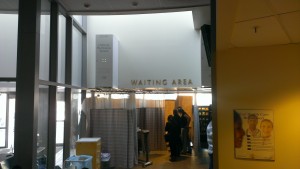How do teams recover when they’re down?
They can’t call in new players.
They can’t increase the number of players on the field.
They can’t quit and go home.
How do they make the best of a losing situation?
Leadership + ‘Coaching with Teeth’
When losers say, “We’ll never win!” Leaders respond with, “We can do this! We’ve beat this team before!”
Leaders speak up. They control the tone on the field.
But what if players drown out positive messages by screaming, “We’ll lose!”
Coaching with Teeth
At some point, a coach owns the outcome. If leadership on the side-lines allows the wrong team on the field, we hold them responsible for the outcome.
Library shelves sag with books on how to inspire teams to peak performance; how to recruit the best in everyone.
Sports teams know the answer:
Wrong attitude? No playing time.
How do you handle this at work?
Who decides which team is on the field in hospitals?
Who decides who gets to play?
Is it even possible to keep certain players off the field?
How do we promote the best?
How do we keep our best players in the game?
Performance Management
We hire staff based on clinical competence, and we manage it on our teams.
We hire staff based on their attitude, but do we manage attitude?
If you steal medications, you get fired. If you bully, you get fired. But, no one gets fired for a bad attitude. You will never lose your job for saying, “We’re going to lose!”
Clinical competence is necessary, but NOT sufficient for outstanding performance. Without a great attitude, your clinical team will never shine.
Attitude must be a key measure in performance management.
What do you think? Click Leave a Reply or # Replies to comment.



